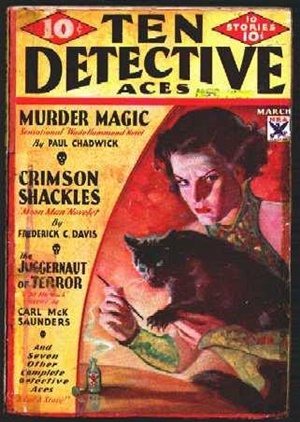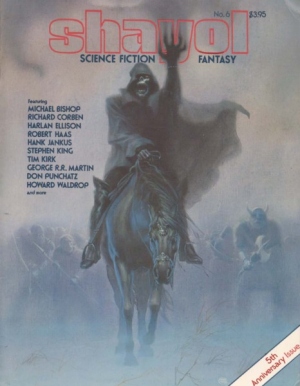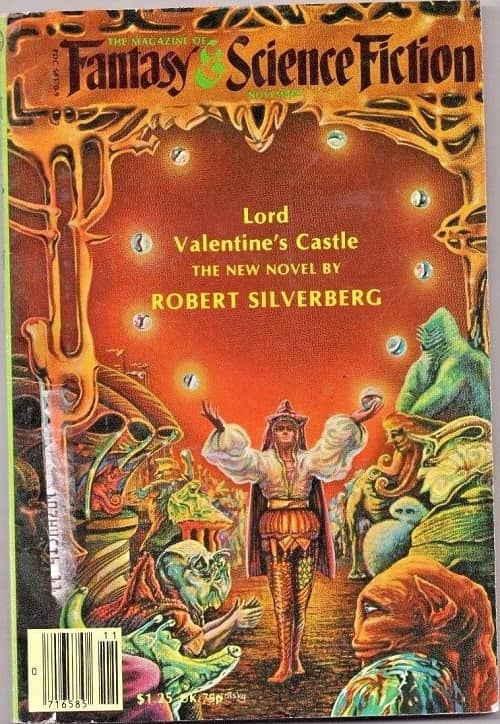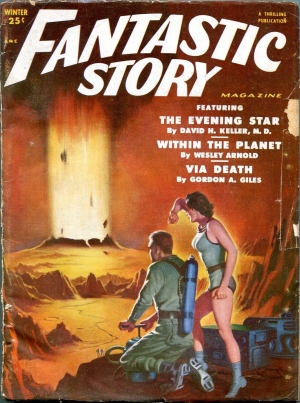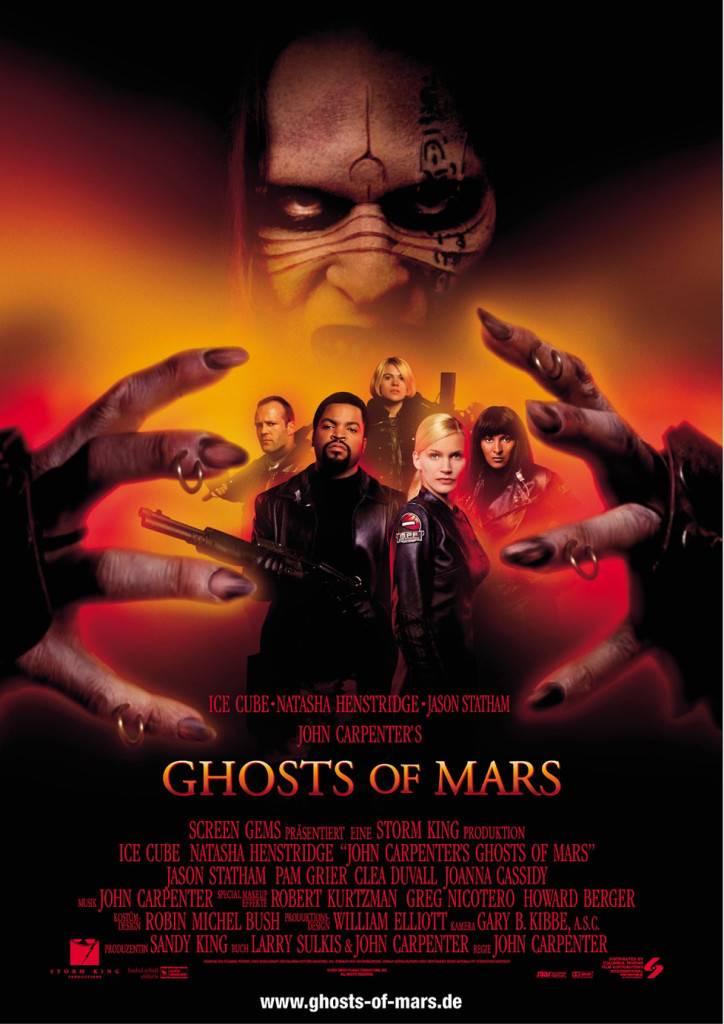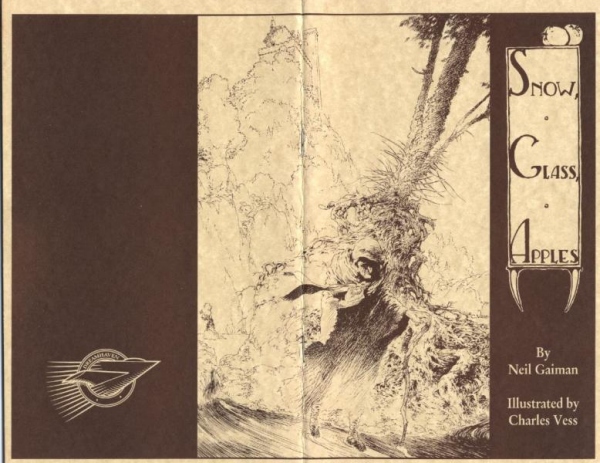Sentient Starships, Cyborgs, and Eerie Horror: The Best American Science Fiction and Fantasy 2018 edited by N.K. Jemisin and John Joseph Adams
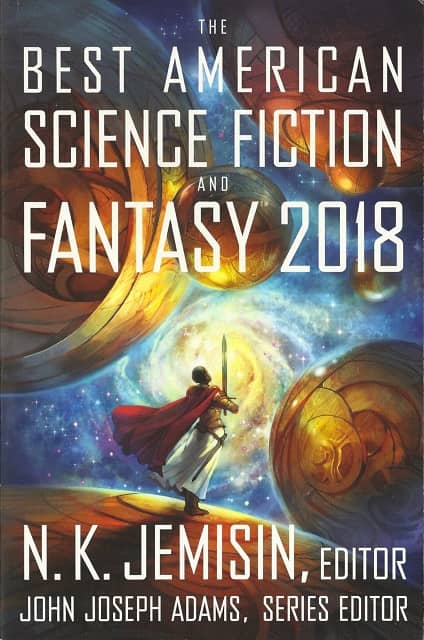 |
 |
The Year’s Best season came to a close last month. It was a pretty spectacular year, with no less than 10 volumes from editors Rich Horton, Gardner Dozois, Neil Clarke, Jonathan Strahan, Paula Guran, Jane Yolen, Michael Kelly, David Afsharirad, and others. We’ve covered them all, and we close out 2018 with The Best American Science Fiction and Fantasy 2018. This is the fourth volume; the series is edited by John Joseph Adams with a different co-editor every year. His partner this year is N.K. Jemisin, who may be the most honored SF writer in the field at the moment, with three back-to-back-to-back Hugo wins under her belt.
This year’s volume received a rave review from Publishers Weekly. Here’s an excerpt.
An almost unheard-of diversity of tales absolutely sing in this superlative anthology of short speculative stories. Encompassing a wide range of styles and perspectives, the book swings gracefully from thoughtful superhero SF (“Destroy the City with Me Tonight” by Kate Alice Marshall) to nuanced horror based on Congolese mythology (“You will Always Have Family: A Triptych” by Kathleen Kayembe) to musings on the justice and the multiverse (“Justice Systems in Quantum Parallel Probabilities” by Lettie Prell) without a single sour note. A. Merc Rustad contributes “Brightened Star, Ascending Dawn,” a heartfelt piece about sentient spacecraft and found family, and Caroline M. Yoachim delves further into ideas of family and obligation with the windup characters of “Carnival Nine.” From the Chinese afterlife (“The Last Cheng Beng Gift” by Jaymee Goh) to a future of cyborgs run amok (“The Greatest One-Star Restaurant” by Rachael K. Jones), this anthology delivers.
As always, this volume contains 10 fantasy and 10 SF tales. This year’s contributors include Samuel R. Delany, Charlie Jane Anders, Carmen Maria Machado, Maureen F. McHugh, Caroline M. Yoachim, Peter Watts, Tobias S. Buckell, and two stories from Maria Dahvana Headley. Here’s the complete TOC.
